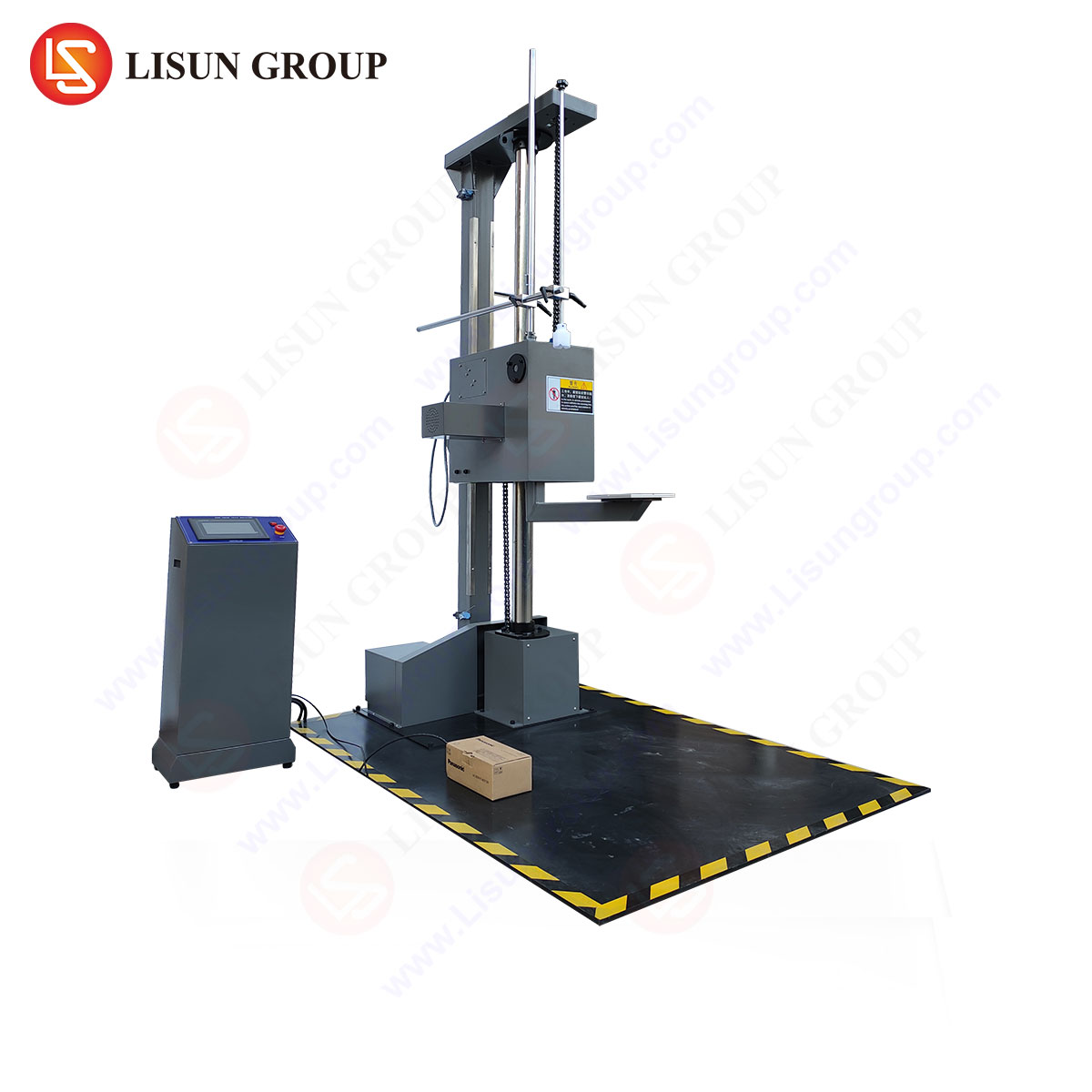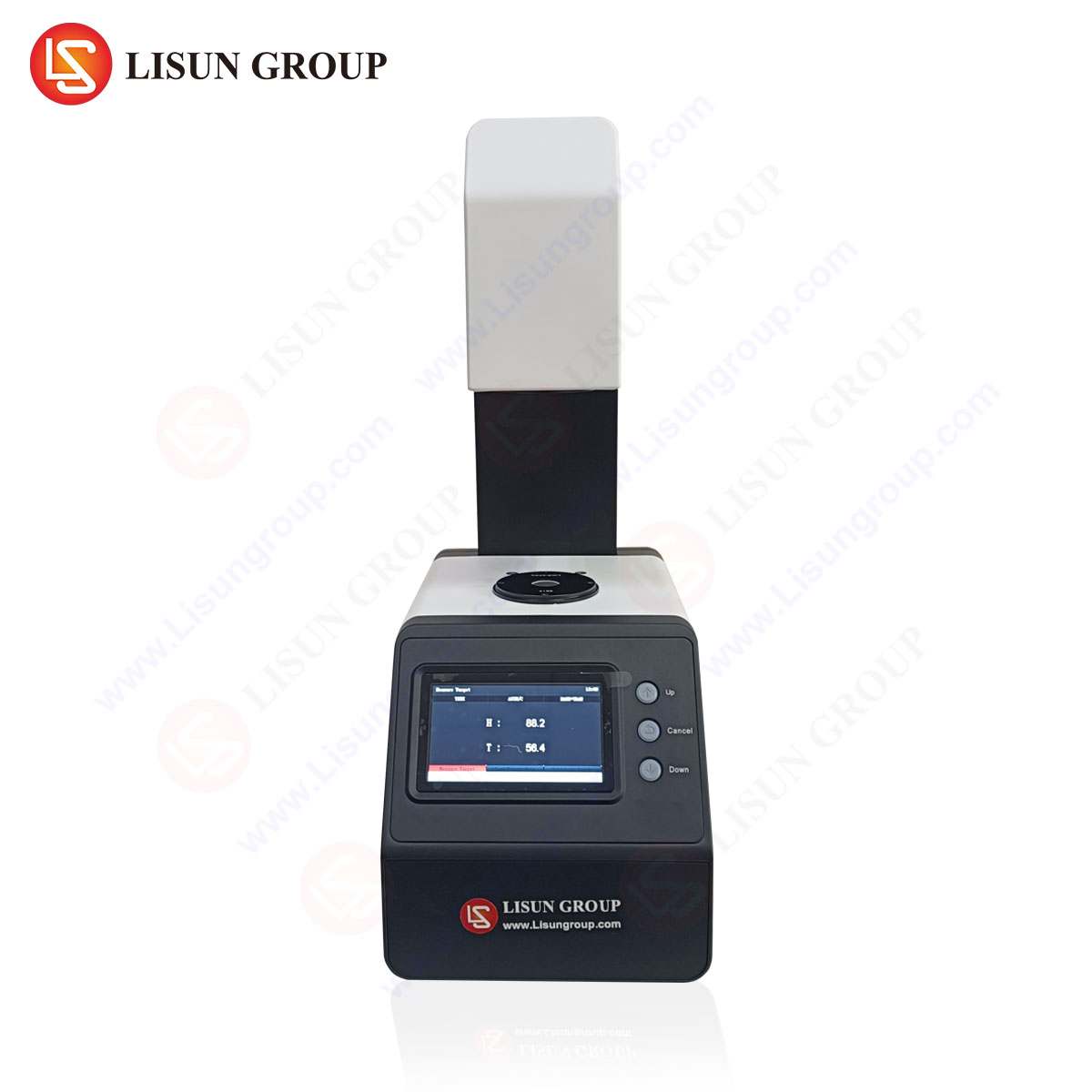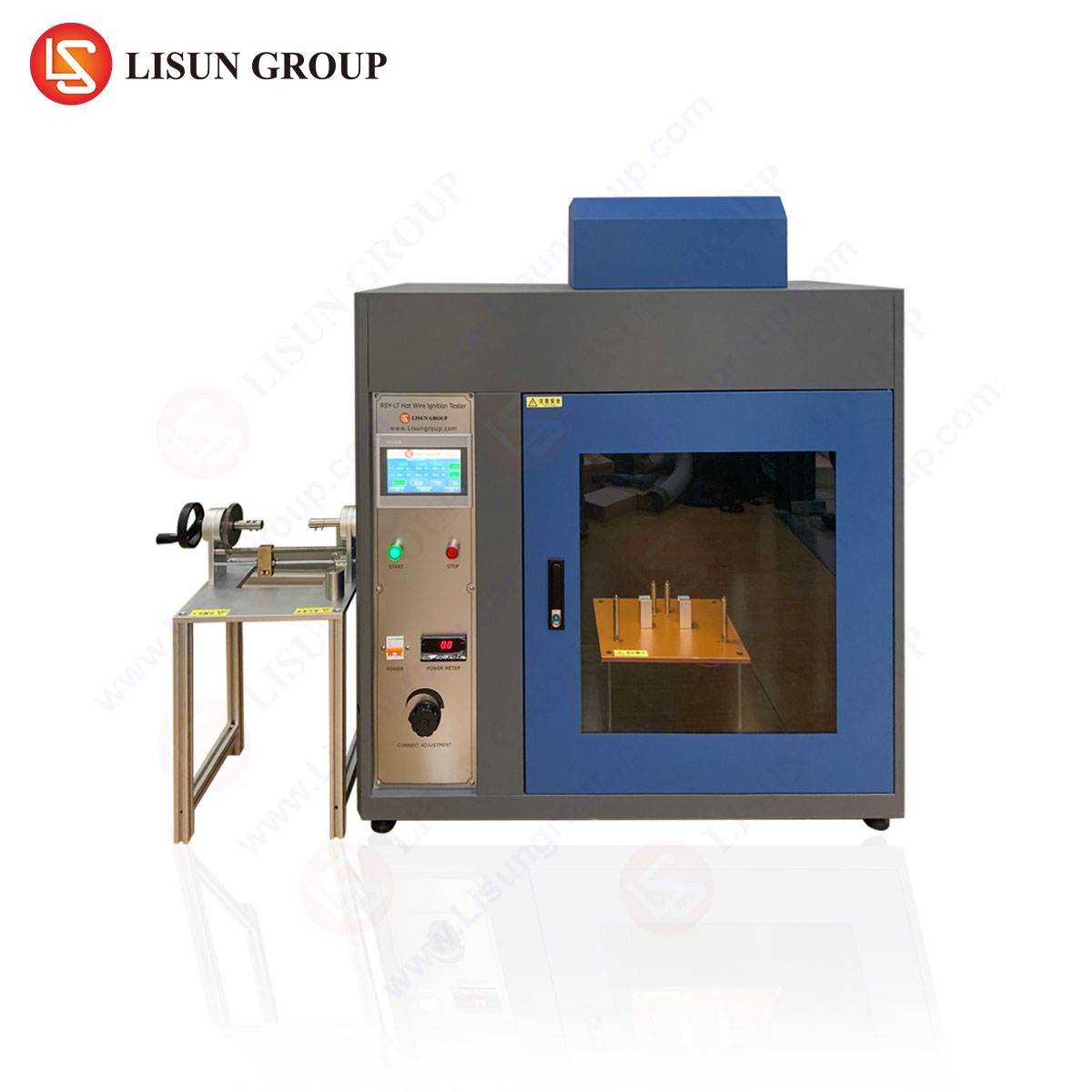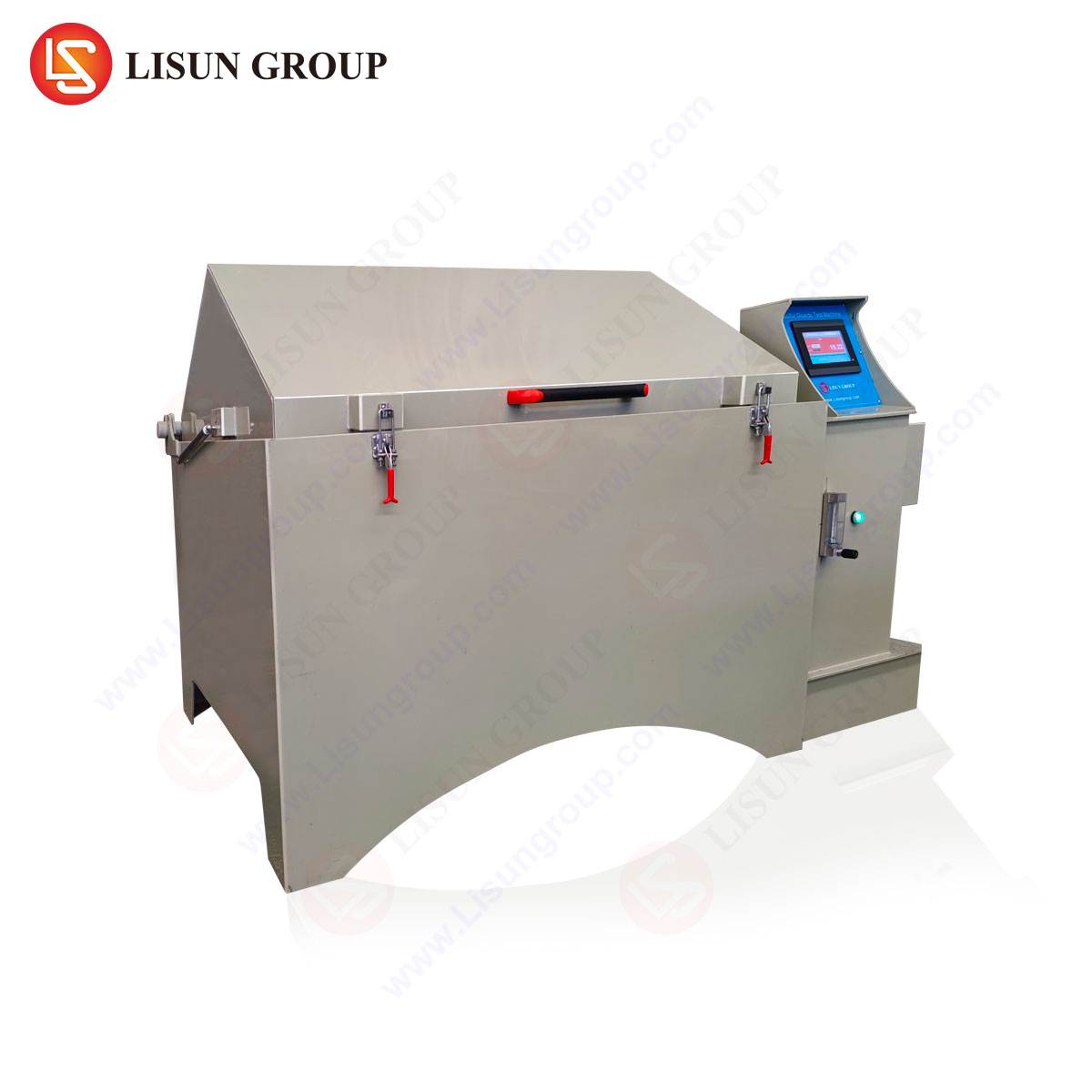Understanding the UL 1581 Vertical Flame Test: A Critical Evaluation for Wire and Cable Safety
Introduction
The integrity of electrical insulation and jacketing materials is a foundational element of product safety across a vast spectrum of industries. In applications ranging from the complex wiring harnesses of automotive electronics and aerospace components to the internal cabling of household appliances and medical devices, the propensity of a cable to propagate flame is a critical risk factor. The Underwriters Laboratories (UL) Standard 1581, “Reference Standard for Electrical Wires, Cables, and Flexible Cords,” contains a suite of tests designed to evaluate these materials, with Section 1080 (VW-1) and Section 1060 (Vertical Flame) being among the most frequently specified vertical flame tests. These procedures provide a standardized methodology to assess the flammability of insulated wires and cables, ensuring they meet minimum safety thresholds to prevent the spread of fire under specific conditions. This technical analysis delves into the principles, procedures, and significance of the UL 1581 vertical flame test, while also examining the instrumental requirements for obtaining consistent, reliable data.
Fundamental Principles of the UL 1581 Vertical Flame Test
The core objective of the UL 1581 vertical flame test is to quantify the flame retardancy of a wire or cable sample when subjected to a controlled flame source in a vertical orientation. The test is predicated on simulating a scenario where a cable, installed vertically or in a manner where flame could travel upwards, is exposed to an ignition source such as an electrical arc or short circuit. The primary metrics evaluated are the cable’s ability to resist ignition, its propensity to self-extinguish once the ignition source is removed, and its tendency to transmit flame to adjacent materials via the dripping of flaming particles.
The test operates on a pass/fail criterion based on several key observations. A specimen is deemed to have failed if the burning time exceeds a specified duration after the removal of the test flame, if the flame propagates beyond defined markers on the specimen, if the specimen is consumed entirely, or if a cotton indicator placed below the specimen is ignited by falling flaming debris. This final criterion is particularly crucial for applications where cables are installed over combustible surfaces or in equipment where dripping material could ignite lower components, such as in industrial control cabinets or within the body of office equipment.
Comparative Analysis of Section 1060 and Section 1080 (VW-1)
While both tests fall under the vertical flame umbrella within UL 1581, distinct differences in their protocols dictate their application. Section 1060, the Vertical Flame Test, is generally applied to smaller-diameter wires. The procedure involves suspending a single 24-inch (610 mm) length of wire vertically within a metal-frame test chamber. A specified flame from a laboratory burner is applied to the specimen for three 30-second intervals, with 30-second pauses between applications. The pass/fail criteria are based on the total after-flame time not exceeding 60 seconds and the flame not reaching a top marker.
Section 1080, commonly known as the VW-1 (Vertical Wire) test, is more stringent and is frequently required for a broader range of cables and cords. The VW-1 test employs a similar apparatus but introduces a significant additional variable: a preconditioned, undrafterized chamber. The specimen is conditioned and tested within a chamber that minimizes air currents, ensuring that the flame application is highly consistent. Furthermore, the VW-1 test involves five 15-second flame applications, each followed by a 15-second pause. This repeated application creates a more severe thermal stress, better simulating a recurring fault condition. The pass/fail criteria are analogous to Section 1060 but are applied within the context of the five-flame cycle, making compliance more challenging to achieve. Understanding this distinction is vital for manufacturers in the telecommunications and consumer electronics sectors, where product standards may explicitly call for VW-1 compliance.
Apparatus and Critical Testing Parameters
The accuracy and reproducibility of the UL 1581 test are heavily dependent on the precision of the testing apparatus and the strict control of environmental variables. A standard test setup consists of a metal-frame chamber with a removable front and rear panel, typically constructed from stainless steel to resist corrosion. A Bunsen-type burner with a specified tube length and diameter is used, fueled by chemically pure methane or natural gas with a known calorific value. The burner must be aligned precisely so that the blue inner cone of the flame contacts the specimen at a designated point.
The specimen preparation and conditioning are equally critical. Specimens must be of a specified length and mounted tautly in the center of the chamber. For many standards, including VW-1, the specimens must be preconditioned in a controlled atmosphere, often at a specific temperature and humidity for a set period, to eliminate the variable of ambient moisture content. A layer of surgical cotton is placed on a platform 12 inches (305 mm) below the point of flame application to detect ignition by flaming drips. Any deviation from these parameters—such as an incorrect gas flow rate, misaligned burner, or improper conditioning—can yield invalid results, leading to either the unnecessary rejection of a safe product or, more dangerously, the certification of a substandard material.
The RSB-WC Wire Cable Flame Tester: Precision in Compliance
To meet the exacting requirements of the UL 1581 standard, testing laboratories and quality assurance departments require instrumentation that guarantees consistency, repeatability, and operational safety. The LISUN RSB-WC Wire Cable Flame Tester is engineered specifically for this application, providing a fully integrated solution for conducting both Section 1060 and Section 1080 (VW-1) tests. Its design incorporates the critical parameters of the standard into a user-friendly yet robust system, making it suitable for environments ranging from R&D labs for automotive electronics to quality control centers for aerospace component manufacturers.
The RSB-WC features a fully enclosed stainless steel test chamber with a drafterized design to satisfy the VW-1 preconditioning requirement. A large, tempered glass observation window allows for clear viewing of the test progression, while an internal scale ensures accurate specimen positioning. The integrated gas supply system includes a precision flow meter and pressure regulator to maintain a consistent flame height and heat output, a fundamental variable that, if uncontrolled, compromises data integrity. The specimen holder is designed for secure mounting, and the burner positioning mechanism allows for precise and repeatable alignment.
Technical Specifications and Operational Advantages of the RSB-WC
The value of a testing instrument lies in its specifications and the operational advantages those specifications confer. The RSB-WC tester is defined by several key technical attributes:
- Chamber Dimensions: 1200mm (H) × 600mm (W) × 450mm (D), providing ample space for testing longer cable samples as required by other related standards.
- Burner System: A Bunsen-type burner with an adjustable aperture, compliant with ASTM D5025 and IEC 60695-11-4 specifications, ensuring flame geometry meets standardized requirements.
- Ignition System: Automatic piezoelectric ignition enhances operator safety and convenience.
- Timer: A digital timer with 0.1-second resolution automatically records the after-flame and after-glow times, eliminating human timing error.
- Flow Meter: A precision flow meter (0-1 L/min) allows for fine control of the gas flow rate, a critical factor for flame consistency.
The competitive advantages of the RSB-WC are evident in its design philosophy. The integration of an automatic timing function linked to the flame application mechanism reduces operator dependency and potential for error, a significant improvement over manual stopwatch methods. The use of high-quality stainless steel throughout the chamber ensures durability and resistance to the corrosive byproducts of combustion. For industries like medical devices and lighting fixtures, where documentation and traceability are paramount, the reliability of the RSB-WC’s data output is essential for audit compliance and material certification.
Industry Applications and Material Selection Implications
The data derived from UL 1581 testing directly influences material selection and product design across numerous sectors. In the automotive electronics industry, wiring harnesses must pass stringent flame tests to prevent a localized electrical fault from escalating into a vehicle fire. Similarly, in aerospace and aviation, the weight-saving imperative must be balanced against the absolute requirement for flame-retardant cables, as mandated by standards like AS4373.
For household appliances and office equipment, internal wiring that achieves a VW-1 rating provides a critical safety margin, preventing a component failure from igniting plastic housings. In telecommunications equipment and data centers, where massive bundles of cables are routed vertically in risers, the vertical flame performance is a primary consideration for building codes and insurance requirements. A cable that passes the UL 1581 test, particularly VW-1, demonstrates that its insulation and jacketing compounds—often PVC, PE, or fluoropolymers—have been formulated with appropriate flame-retardant additives like antimony trioxide or aluminum trihydrate to inhibit combustion.
Interpreting Test Results and Limitations of the Methodology
A successful test result, indicated by a short after-flame time and no ignition of the cotton indicator, validates the material’s performance under the specific conditions of the test. However, it is imperative to recognize the limitations of the UL 1581 vertical flame test. It is a small-scale flame test intended for quality control and comparative material analysis. It does not simulate large-scale fire scenarios involving high heat flux, cable trays, or the contribution of multiple combustible elements, which are addressed by larger-scale tests like UL 1685 (Vertical-Tray Fire Propagation).
Therefore, a UL 1581 pass should be interpreted as a necessary but not always sufficient condition for overall fire safety. Engineers designing electrical components such as switches and sockets, or systems for industrial control, must consider the test as one data point within a broader fire hazard assessment that includes the specific end-use environment and applicable installation standards.
Conclusion
The UL 1581 Vertical Flame Test remains a cornerstone of wire and cable safety evaluation. Its standardized, repeatable methodology provides a essential benchmark for comparing the flammability characteristics of insulating materials. As technology advances and cables are integrated into ever more critical and demanding environments—from electric vehicles to advanced medical imaging systems—the importance of rigorous, accurate flammability testing only increases. Employing precise and reliable instrumentation, such as the LISUN RSB-WC Wire Cable Flame Tester, is not merely a matter of regulatory compliance but a fundamental component of a responsible engineering and manufacturing process, ultimately contributing to the safety and reliability of the global electronic infrastructure.
Frequently Asked Questions (FAQ)
Q1: What is the primary difference between a UL 1581 VW-1 rating and a CSA FT1 rating?
Both standards are vertical flame tests with similar objectives. Historically, there were minor procedural differences, such as the number of flame applications and the type of cotton indicator used. However, the standards have been harmonized through the UL/CSA Agreement, and a single test procedure can now be used to achieve both listings, simplifying the certification process for manufacturers selling products in both the United States and Canada.
Q2: Can the RSB-WC tester be used for standards other than UL 1581?
Yes, the LISUN RSB-WC is designed with flexibility in mind. While optimized for UL 1581 Sections 1060 and 1080, its core functionality aligns with other international vertical flame test standards, such as IEC 60695-11-3 and ASTM D5025, which specify similar test flames and principles. This makes it a versatile tool for global product development and certification.
Q3: How often should the gas flow meter and burner alignment be calibrated on a flame tester like the RSB-WC?
Calibration frequency should be determined by the laboratory’s quality control procedures, typically based on usage volume and relevant accreditation requirements (e.g., ISO/IEC 17025). It is recommended to perform a verification check before each testing session by measuring the flame height against a gauge. A full calibration of the flow meter and a check of burner geometry should be conducted at least annually or whenever the instrument is serviced.
Q4: Why is specimen preconditioning so critical for the VW-1 test?
The flammability of many polymeric materials is affected by their moisture content. Preconditioning the specimens in a controlled environment (e.g., 23°C ± 2°C and 50% ± 5% relative humidity for a minimum of 48 hours) ensures that all samples are tested at a consistent baseline moisture level. This eliminates a key variable, ensuring that results are reproducible and accurately reflect the material’s inherent properties, not transient environmental conditions.
Q5: If a sample fails the test due to excessive dripping that ignites the cotton, what does this indicate about the material?
This failure mode indicates that the insulation or jacketing material, when heated, melts and drips, and these drips are sufficiently combustible to act as an ignition source. This is a critical failure for applications where cables are installed above combustible materials. To rectify this, material formulators would need to adjust the polymer compound, often by incorporating non-dripping flame retardants or using different base polymers that char rather than melt.






